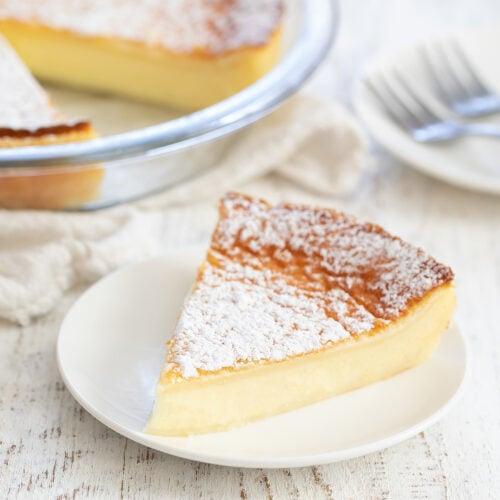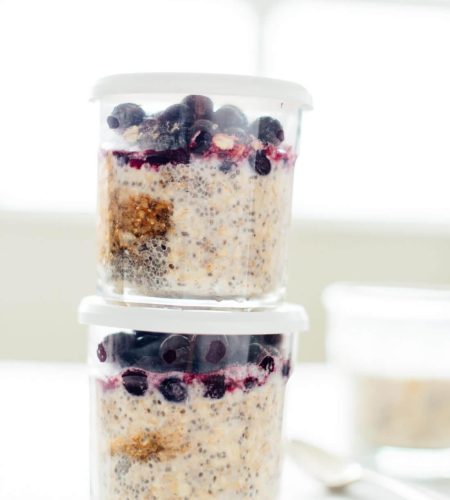Step aside, fancy French pastries and intricate cake designs – today we’re talking about the unsung heroes of the dessert world: classic diner pies. From flaky crusts to gooey fillings, these pies have been delighting taste buds and filling bellies for generations. Join us as we explore the art of baking these timeless treats, and learn how to create a slice of nostalgia in your own kitchen. Grab your apron and get ready to bake up a storm – because who needs creme brulee when you’ve got a good old-fashioned slice of pie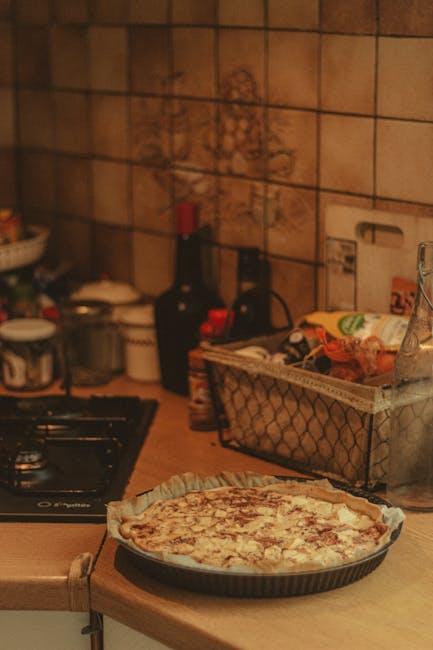
Contents
Selecting the Perfect Pie Crust Recipe
Choosing the Right Pie Crust Recipe
When it comes to baking the perfect pie, one of the most important decisions you’ll make is choosing the right pie crust recipe. With so many options out there, it can be overwhelming to know which one to choose. But fear not, we’re here to help you sift through the options and find the perfect crust for your pie masterpiece.
First things first, decide what type of pie you’re making. Are you going for a classic apple pie, a rich and decadent chocolate pie, or perhaps a savory quiche? The filling will play a big role in determining the best crust to complement it. Once you’ve settled on your pie’s flavor profile, it’s time to consider your options for the perfect crust recipe.
Some popular pie crust variations to consider include:
- Traditional flaky crust
- Buttery shortbread crust
- Graham cracker crust
- Gluten-free almond flour crust
Remember, the key to a successful pie crust is being bold and experimenting with different textures and flavors. Don’t be afraid to mix it up and try something new – after all, the joy of baking is in the experimentation and creativity!
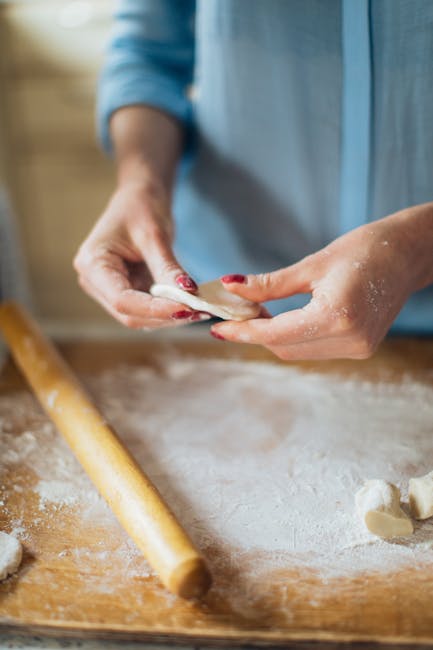
Mastering the Art of Rolling Out the Dough
Do you find yourself perpetually frustrated with sticky, misshapen dough every time you try to roll it out? Fear not, fellow bakers! With a little practice and a few handy tips, you too can become a master at rolling out the perfect dough.
First things first, make sure your work surface is well-floured to prevent the dough from sticking. Nobody wants their dough clinging to the counter like a desperate ex! Keep a light touch as you roll, gently guiding the dough into your desired shape. Remember, you’re not trying to win a wrestling match with the dough – it’s all about finesse, baby!
Another key tip is to give your dough a little TLC before rolling it out. Allow it to rest at room temperature for a few minutes to make it more pliable. Think of it like a dough massage – you wouldn’t want to roll out stiff, unyielding dough any more than you’d want a massage from a grumpy masseuse!
And finally, when it comes to rolling out the dough, be patient and take your time. Rushing through this step can result in uneven thickness and a less-than-perfect final product. So take a deep breath, put on some soothing music, and channel your inner dough whisperer. Before you know it, you’ll be rolling out dough like a pro!

Creating Delicious Fillings for Classic Diner Pies
So you’ve decided to take on the challenge of making your own classic diner pies. You’ve got the perfect crust, but now comes the fun part – creating delicious fillings that will have everyone coming back for seconds!
Here are a few ideas to get you started:
- Apple Pie: Mix together sliced apples, sugar, cinnamon, and a touch of lemon juice for a classic filling that never disappoints. Don’t forget the butter to make it extra decadent!
- Cherry Pie: Toss together fresh cherries, sugar, and a splash of almond extract for a sweet and tangy filling that pairs perfectly with a flaky crust.
- Pecan Pie: Combine pecans, corn syrup, brown sugar, and a hint of vanilla for a rich and nutty filling that will satisfy even the sweetest tooth.
Experiment with different fruits, spices, and nuts to create your own unique twist on these classic pies. And remember, the secret ingredient is always love (and maybe a little extra butter).
Perfecting the Fluting of the Pie Crust
So you’ve nailed down the art of baking the perfect pie filling, but now it’s time to step up your game and master the fluting of the crust. Here are some tips and tricks to help you achieve pie crust perfection:
1. Chill Out: Before you even think about fluting your pie crust, make sure it’s properly chilled. This will help prevent the crust from shrinking in the oven and ensure those beautiful flutes stay intact.
2. Keep It Together: When crimping the edges of your pie crust, make sure to firmly press the layers of dough together. A little bit of water or egg wash can help seal the edges and keep everything in place.
3. Embrace Imperfections: Not every flute has to be perfect. Embrace the rustic charm of a slightly imperfect crust – after all, it’s homemade! Just make sure your flutes are evenly spaced and consistent for a polished look.
4. Practice Makes Perfect: Like any skill, perfecting the fluting of your pie crust takes practice. Don’t be afraid to experiment with different techniques and find what works best for you. Before you know it, you’ll be fluting like a pro!
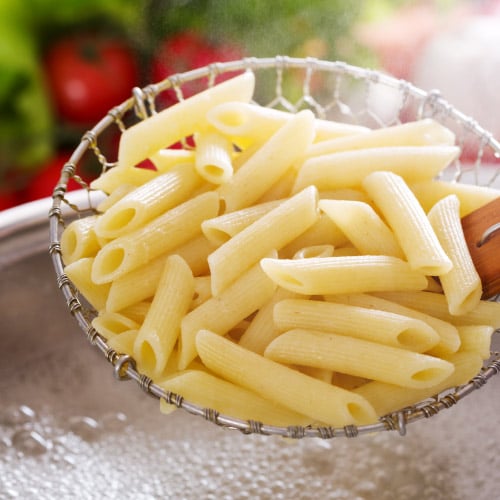
Achieving the Ideal Golden Brown Finish
So, you want that perfect golden brown finish on your baked goods, huh? Well, look no further because I’ve got the tips and tricks to help you achieve baking perfection!
First things first, preheat your oven to the right temperature. This is crucial for getting that beautiful golden crust. If you don’t preheat properly, you might end up with a sad, pale pastry that nobody wants to sink their teeth into.
Next, make sure to brush your baked goods with a coat of egg wash before popping them in the oven. This will give them that beautiful, shiny finish that will make everyone think you’re a baking pro. And hey, fake it ‘til you make it, right?
And lastly, keep a close eye on your treats as they bake. You don’t want to end up with a burnt mess on your hands. Remember, golden brown is the goal, not charred black. Unless you’re into that kind of thing, in which case, more power to you!
Serving and Presenting Diner Pies with Style
When it comes to serving and presenting diner pies, style is key! You can’t just plop a slice of pie on a plate and call it a day. No, you need to up your game and make sure that pie looks as good as it tastes. Here are a few tips on how to serve and present diner pies with pizzazz:
- Choose the right plate: Don’t just grab any old plate from the cupboard. Pick a plate that complements the color and style of the pie. A vintage plate for a classic apple pie, a funky plate for a unique flavor combination – the possibilities are endless!
- Add a dollop of whipped cream: Who doesn’t love a little whipped cream on their pie? Not only does it add a deliciously creamy element to the dessert, but it also makes the pie look oh-so-decadent. Plus, you can never have too much whipped cream, am I right?
- Sprinkle on some garnishes: Don’t be afraid to get creative with your pie garnishes. A sprinkle of cinnamon, a few fresh berries, a drizzle of caramel sauce – the sky’s the limit! Just make sure the garnishes complement the flavor of the pie.
By following these simple tips, you can elevate your diner pies from ordinary to extraordinary. So next time you’re serving up a slice of pie, remember to do it with style!
FAQs
Why is it important to use cold ingredients when baking pies?
Well, if you want a pie that’s more flaky than your Aunt Mildred after a few glasses of wine, you’ll want to keep those ingredients chilly. Cold butter helps create those luscious layers in the crust, while cold fruit prevents a soggy bottom. Nobody likes a soggy bottom.
What is the secret to a perfectly flaky pie crust?
Butter, butter, and more butter! It’s all about those cold chunks of butter mixed into the flour. When the pie hits the oven, the butter melts, creating steam that helps puff up those layers. It’s like magic, but tastier.
How do you prevent a runny fruit filling in your pies?
Cornstarch is your new best friend. Toss those juicy fruits like apples or cherries with some cornstarch to soak up the excess liquid. Nobody wants a pie that’s more like a fruit soup, unless you’re into that sort of thing.
Is it better to blind bake a pie crust or bake it with the filling right away?
Blind baking may sound like a sight-challenged superhero, but it’s actually just pre-baking your crust before adding the filling. This helps prevent a soggy bottom crust when you’re making custard or no-bake fillings. It’s like giving your pie crust its own little warm-up routine.
Any tips for achieving the perfect lattice crust?
Lattice crusts may look complicated, but they’re actually quite simple. Just weave strips of pastry dough over your pie filling like a delicious checkerboard. Don’t worry about making it perfect – imperfection is what makes it charming. Plus, you’re going to eat it anyway, right?

